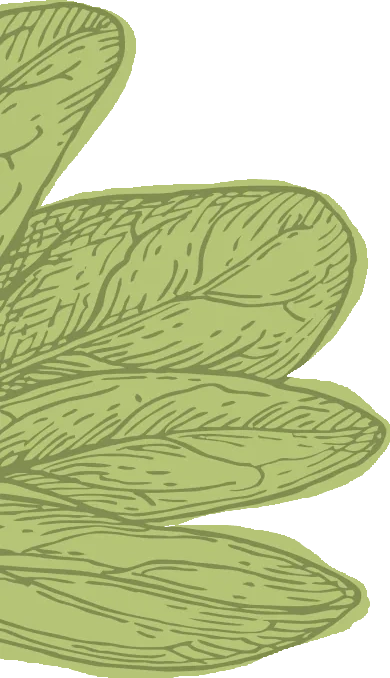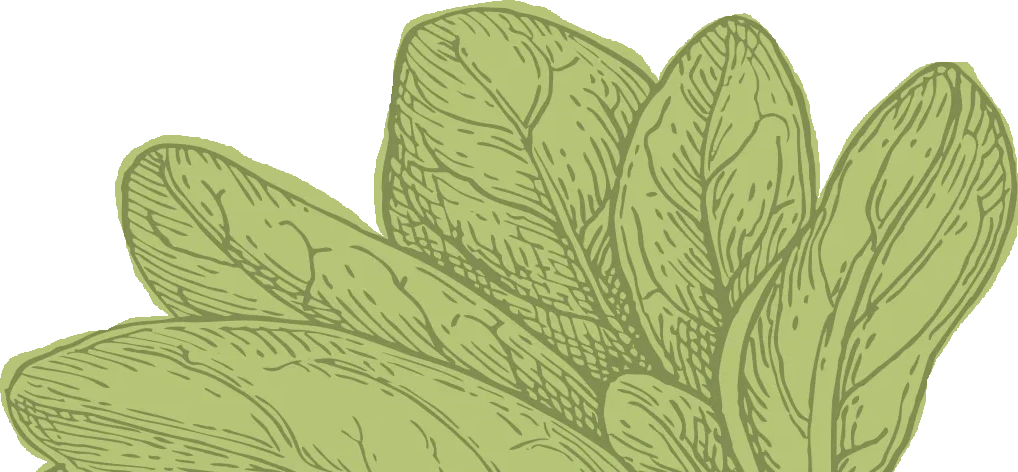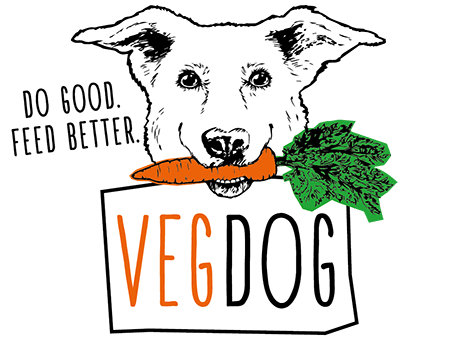It didn't take us much longer to prepare this meal than it does to open a can. How are you? We look forward to hearing your reports!
Basic and important points that you should consider when cooking yourself:
1. Process vegetables
You can be very flexible and creative when choosing vegetables. We recommend using regional and seasonal products. The general rule for processing vegetables is: whatever you eat raw, your dog can also eat raw. Everything that you have to cook yourself should also be cooked for your dog.
For example, you can feed raw: carrots, cucumber, lettuce, zucchini, kohlrabi, pumpkin
The following should be cooked: spinach (only small amounts!), broccoli, cauliflower, Brussels sprouts
You can puree, grate or roughly chop the raw vegetables. The finer they are processed, the better the vitamins are available for digestion. In general, all recipes also cover the needs if you feed the vegetables in coarse pieces. This creates more fullness in the stomach. This (sometimes also visually psychological) effect has a particularly positive effect on dogs who are constantly hungry. In addition, the important intestinal bacteria are supplied with food thanks to the increased fiber content.
Since cabbage can cause bloating even when cooked, you should start with small portions and increase them meal by meal.
Spinach contains oxalic acid. Small amounts are allowed for adult, healthy dogs. Puppies, young dogs and handicapped dogs are not allowed to eat spinach.
Conventional vegetables should always be washed well before processing - especially if they are fed with the skin on. Alternatively, we recommend using organic products.
You can alternate the different vegetables as you wish.
We recommend taking your four-legged friends’ preferences into account 🙂
Attention: Onions, garlic, eggplant, peppers and tomatoes should NOT be fed.
2. Add fruit cooked or raw
Fruit can also be combined and varied - depending on what your dog can tolerate. Suitable examples are apples, oranges, bananas, raspberries, strawberries, melons . You don't have to worry about the fructose they contain. This does not lead to obesity when fed fresh fruit. However, for obese animals, the amount of banana should be kept to a minimum and dried fruit should be avoided if possible. This has a higher calorie content and can also lead to flatulence and diarrhea. Fruit stones should be removed as they contain hydrogen cyanide. Please wash the fruit thoroughly before feeding it. Here, too, you can let your imagination run wild when preparing it - from chopped to grated or as a smoothie - anything that is fun is allowed. Read our articles "Smoothie for dogs" and "Summertime is ice cream time"
 Lisa Walther
Lisa Walther













